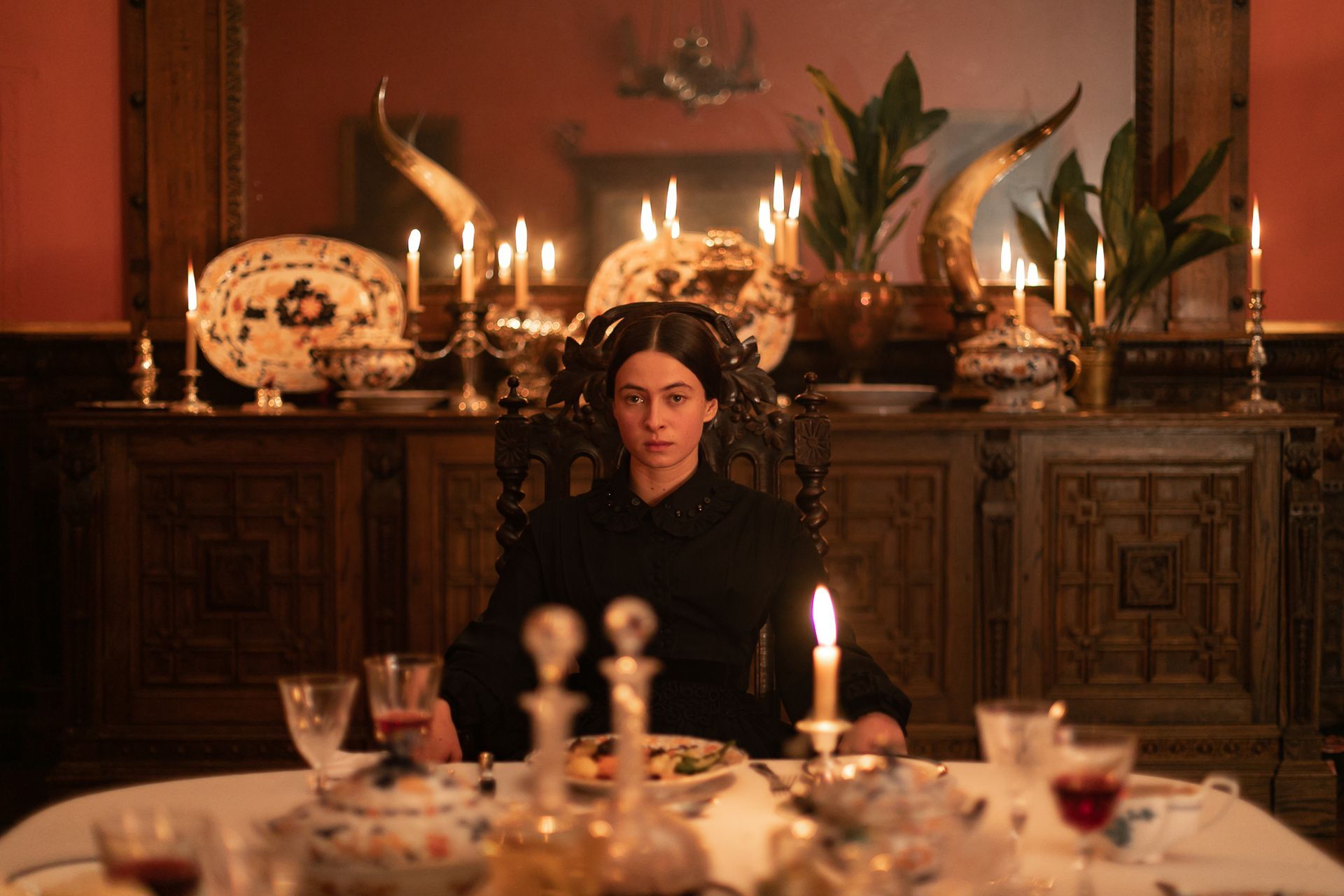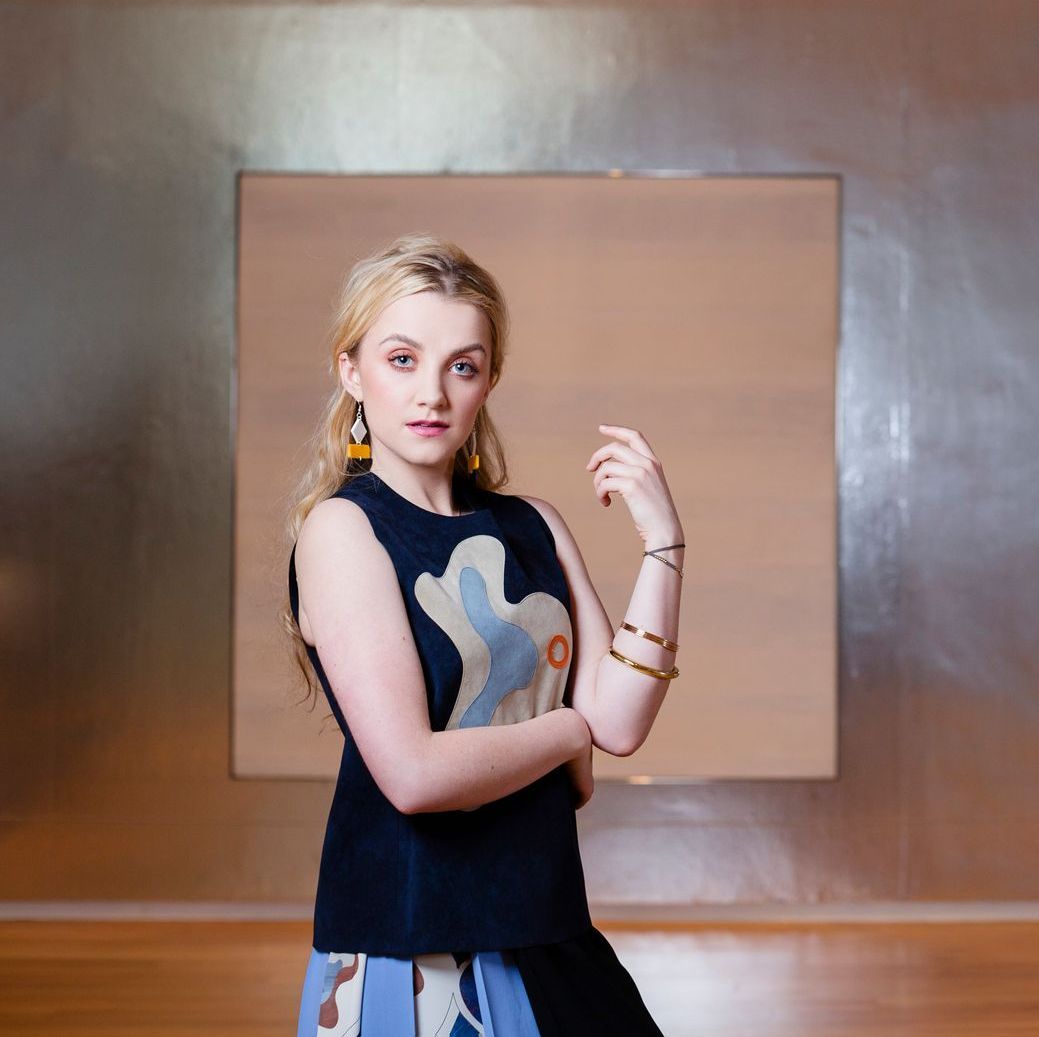Why everyone’s talking about Irish filmmaker Ruth Meehan’s new dramedy
Meg Walker • 19 August 2021
Irish filmmaker Ruth Meehan talks to Meg Walker about her new film, The Bright Side – a moving dramedy about the healing power of love, laughter and friendship.
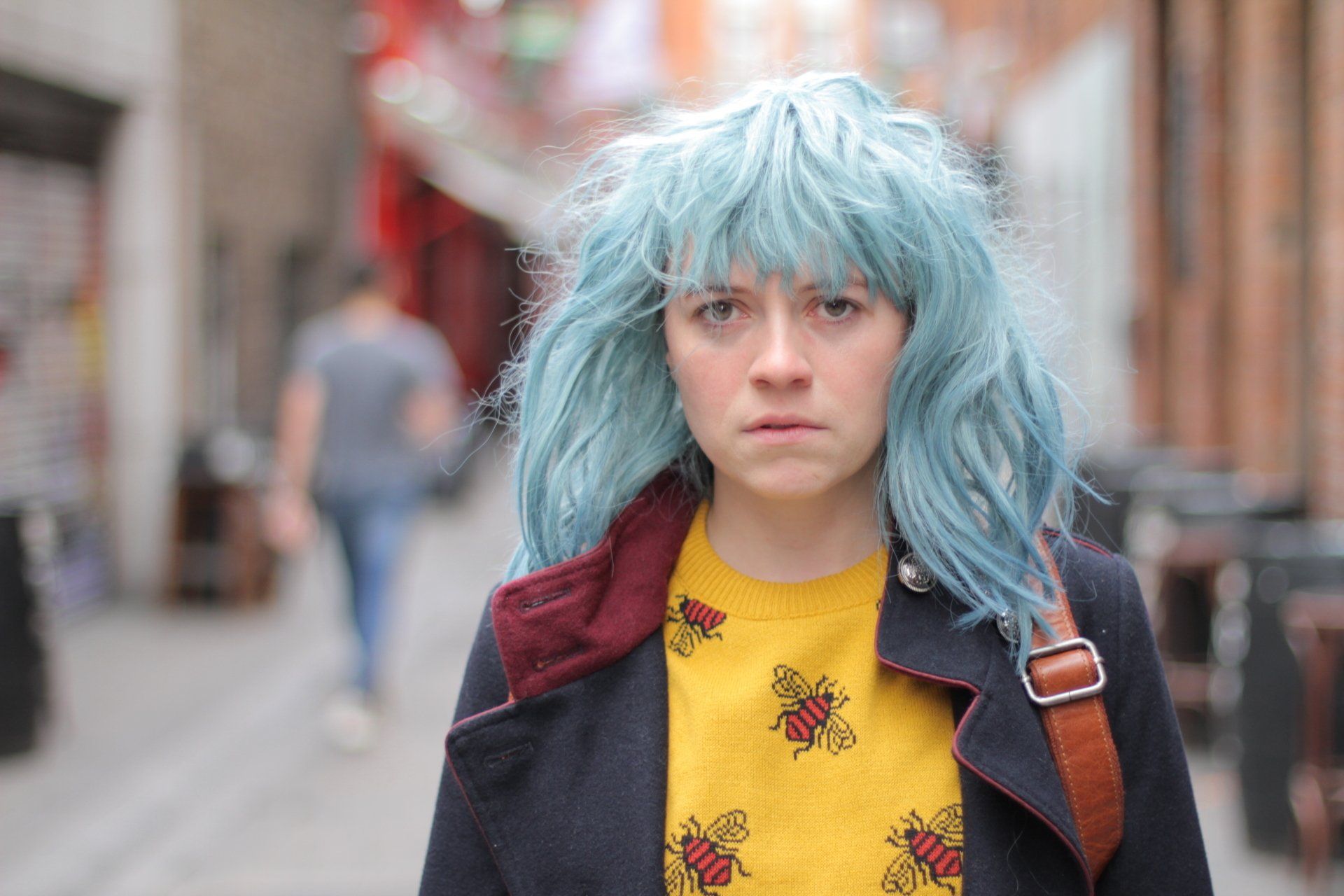
Gemma-Leah Devereux as Kate McLaughlin in The Bright Side
Inspired by Anne Gildea’s memoir, I’ve Got Cancer, What’s Your Excuse?, The Bright Side, starring Gemma-Leah Devereux as stand-up comedian Kate McLaughlin, who receives a breast cancer diagnosis while also coping with her own personal inner battle, is a film like no other. Some viewers might generally shy away from movies that deal with “the C word” for whatever reason… maybe they’ve lost someone to cancer and just cannot face the reminder, maybe it’s a genuine fear they have of their own susceptibility, maybe they just want to escape from such topics when they head to the cinema. That’s all understandable. But what writer and director Ruth Meehan would really like to let audiences know is that this is no ordinary film about cancer. Yes, there are serious and sad moments, but balancing that darkness is a huge amount of light in the form of both central character Kate’s cynicism and comedy and the love and hope that surrounds her by the friendships she develops during the course of the film.
You see, Kate McLaughlin wants out. She doesn’t enjoy life. Escaping is the one thing she longs to do, so when she receives a breast cancer diagnosis and is urged by her loving brother (played by the excellent Kevin McGahern – yes, that Kevin McGahern, refreshingly performing a more serious role here) to go through chemotherapy, she just doesn’t have it in her to fight but reluctantly agrees to give it just the one try. She then meets four very different women in the chemo ward – played beautifully by Siobhán Cullen, Derbhle Crotty, Karen Egan, and Barbara Brennan. Along the way, she also develops a friendly acquaintance with her local pharmacist (after their first few meetings go a little awkwardly), played by the always phenomenal Tom Vaughan-Lawlor (also in a role unlike what you may be used to seeing him in).
Like many films, this one’s release was of course delayed somewhat by the pandemic, but perhaps the timing isn’t so bad – as we gradually return to the cinemas, this is just the sort of film that will give your soul the metaphorical hug it needs.
“I’m really very proud of [this film], particularly the performances, especially the five women – Gemma-Leah, Siobhán, Derbhle, Karen and Barbara – and Tom Vaughan-Lawlor and Kevin McGahern,” says Ruth, who explains that the casting process was so important to achieving what she was setting out to create, starting with the casting of Gemma-Leah Devereux as the central character. “Kate looked very different in my mind’s eye, but when I saw Gemma-Leah, I just looked at her and thought, now I can make the film. I’m a big believer that every creative project has its own pulse and my job as the co-creator and director is to be the midwife of that project. It’s a very intuitive thing, you have to have that strong physical energetic emotional reaction. I just saw Gemma-Leah’s tape and said, that’s it. I knew it was an incredibly challenging role for her and for me, but I also knew the only hope of us delivering what I thought that role needed to deliver was absolute commitment and to create the space that she could find the most powerful version that she could bring to the screen for that character. The way we found the rest of the cast was similar. You need a feeling off of the actors that feels right for the part. Kevin, when I saw him, I just thought, he’s Kate’s brother; Derbhle was Helen; and Siobhán is just a stunning actor – Tony Deegan, our producer, sent me her tape; and Tom, I just thought, wouldn’t he be so interesting in an emotional role like this one, he’s such a fine actor. Our casting director Amy Rowan was amazing at casting the smaller roles. With a film, there is no ‘small role’, because every single moment is crucial, so all those smaller roles are essential. I think myself, Amy and Tony got the feeling of the film, and then Amy was able to bring forward people who match that feeling. The casting process is very long, and it’s so important, and frightening and invigorating and inspiring. On the first day of principal photography, I remember turning around and just saying to both the cast and crew, ‘Everybody who needs to be here, they’re all the right people.’ It was a great process in the end, but it is frightening because if you don’t get the cast right, you’re limiting what you can do once you turn the camera over.”
The idea for the film came about following Ruth’s close personal experience with grief, resulting in a truly informed and powerful project and a chance for Ruth to face that grief head-on, and heal somewhat. “I lost both my sister and a very close friend to cancer, and that experience is life-changing. Making this film has been a huge opportunity to engage with the emotional landscape that comes with loss and grief and, more importantly, life. I came across Anne Gildea’s memoir at the airport when I was going to India, a year after my sister died. I’d been in college with Anne, and when I was reading it, I found it so refreshing because it was so honest and irreverent and funny, and that reminded me of my sister. Some of the scenes in the film are very close to home for me, but the story is a complete creation of myself and the writer Jean Pasley, and then Anne’s input with her material. I think the most valuable part for me, and I hope for an audience, is that there is an emotional truth somewhere in the space between everything that’s happening. Any of us who’ve gone through grief, there is a kind of mystery behind it all, and somehow engaging with that mystery in a way that is accepting of it rather than constantly trying to understand what’s happening – What’s life? What’s death? – this film has helped me negotiate that territory.”
Given the subject matter is so close to home, how did directing this film compare to other projects Ruth has worked on? “First of all, I think Jean and I had a very good creative chemistry, even from a storytelling point of view. We both have the same sense of when something is good or not. And it’s a story that is not my story, but some of the things that hopefully make the story powerful for people are leaning on the understanding that I might have of some of the highs and lows in the film, and Jean would have that as well, and so would Anne. The writing took us a couple of years but it always felt like it was coming closer and closer. I directed a lot of documentaries with a wonderful producer Peadar King called What in the World?
about poverty and globalisation, and we were telling stories of unbearable poverty, so it might have been a mine in Bolivia, or child laborers in India… I think I learned to have this capacity to engage with emotional pain, and tell a story. And you’ve got the craft skill part of your brain that’s going, ‘you’ve got half an hour to get the shot or the scene’, you’ve got technical things that are happening in your head that are all about the art form. Where is the camera? Is this the right angle or shot, or the lighting… You’ve got all those things that one part of your brain is operating 100 per cent minding all of that. And the other part is aware that there is something incredibly nuanced or emotional that is important to witness, and be captured. There were emotional scenes [in The Bright Side] – like the scene in the sea; I was in the sea and that thunderstorm hit, and it was like the world was grieving with me. I let go of years of grief in that scene – I just was bawling crying in the sea with Gemma-Leah, and we were laughing and crying… it was really a mythic kind of moment. The film was a living thing to me. I wasn’t in that moment trying to be professional, I was fully aware that I was releasing years of grief that I was feeling, and I’m a human being feeling that. After I shot it, I was actually going, oh my god, I’m heartbroken.”
But as stated earlier, this is a film with a lot of light to it too. “Don’t be afraid that you’ll have a tough time at this film,” assures Ruth. “I’d like to think that it is, number one, engaging. I feel those women and Tom created a lot of love in the bonds and reality and pain that is, I would hope, a fulfilling experience to go to the cinema for. And I totally understand people feeling that they’ve been frightened and isolated and shocked and worried [this last year-and-a-half since the start of the pandemic], and I see The Bright Side
as tracking a character with a roadmap out of despair, out of darkness, and through friendship, and through fun, and that’s really important to me as well. My sister had such a great sense of humour. And I know humour can be a crutch – that’s one of the things in the film; Kate has to stop with that in order to really feel properly – but it is also such a medicine.”
Once you’ve seen this film, you may then wonder what other works of Ruth’s there are out there to enjoy, so are there other projects in the pipeline we can look forward to? “Yes, I’ve been working on a TV series and two features; one is an amazing story about Lady Mary Heath. I worked on the documentary series called Herstory; I wrote them with Rachel Lysaght. And there was an Irishwoman, Lady Mary Heath, who flew from South Africa to Croydon in the 1920s. She was the first woman to fly solo and she married very wealthy men in order to get planes, and she was just a larger than life character, so I’ve been working on a story about that. And then I’ve written an original – it started off as a web series but I think it might be actually turning itself into a feature film; it’s another comedy drama. And there’s a TV series I’ve been developing as well, so lockdown has been a great time to put together a little slate. My aim is to continue trying to get my own work off the ground, and then also really seeing what stories there are that I could also direct because writing takes a long time. I’m also interested in directing stories that would be a good fit for me – you kind of get to know what you think your area is or your voice or your capacity.”
Just like the rest of us, Ruth is very much looking forward to getting back out to enjoy the arts again. So what’s on her cultural agenda? “I’m really delighted that there are so many films by female Irish writers and directors that are coming out this autumn – Herself, co-written by and starring Clare Dunne; Wildfire, written and directed by Cathy Brady; and Deadly Cuts, written and directed by Rachel Carey, which was shot by JJ Rolfe who did a great job shooting The Bright Side. So that’s really inspiring. What I’m writing at the moment is about a playwright, so I look forward to going to plays again. I went to The Sparks Brothers
documentary, which was just brilliant – you’re just watching this explosion of creativity from these two musicians, and just watching other people’s freedom to make stuff is inspiring. If you’re trying to create something, I think you’re always absorbing inspiration because it’s energy from anywhere that you see it. At the moment, I’m reading The Overstory
by Richard Powers. It’s so interesting. It’s about trees, but the writing in it is so incredibly poetic and evocative and visual. I think that’s what I find fascinating when I’m absorbed in art or literature or music is where it’s coming from in the people making it.”
If time and money were not a factor, what would Ruth love to do? “What I’m doing. I’ve discovered that writing, even though it’s the most difficult part of the process, is something that I love, even though it’s challenging. And to live in a country like Ireland, which is supporting people to write and make film… I would love to continue to have that relationship with my own creativity. You’re digging down to find the right stories that have a strong pull for you, and then finding a way to bring them out into the world. It is about money to a point, but I haven’t any aspirations to go and make blockbusters. It’s the resources – how to get the resources to get the crew and the cast and the time to make the little piece of magic you want to make. That’s really my dream.”
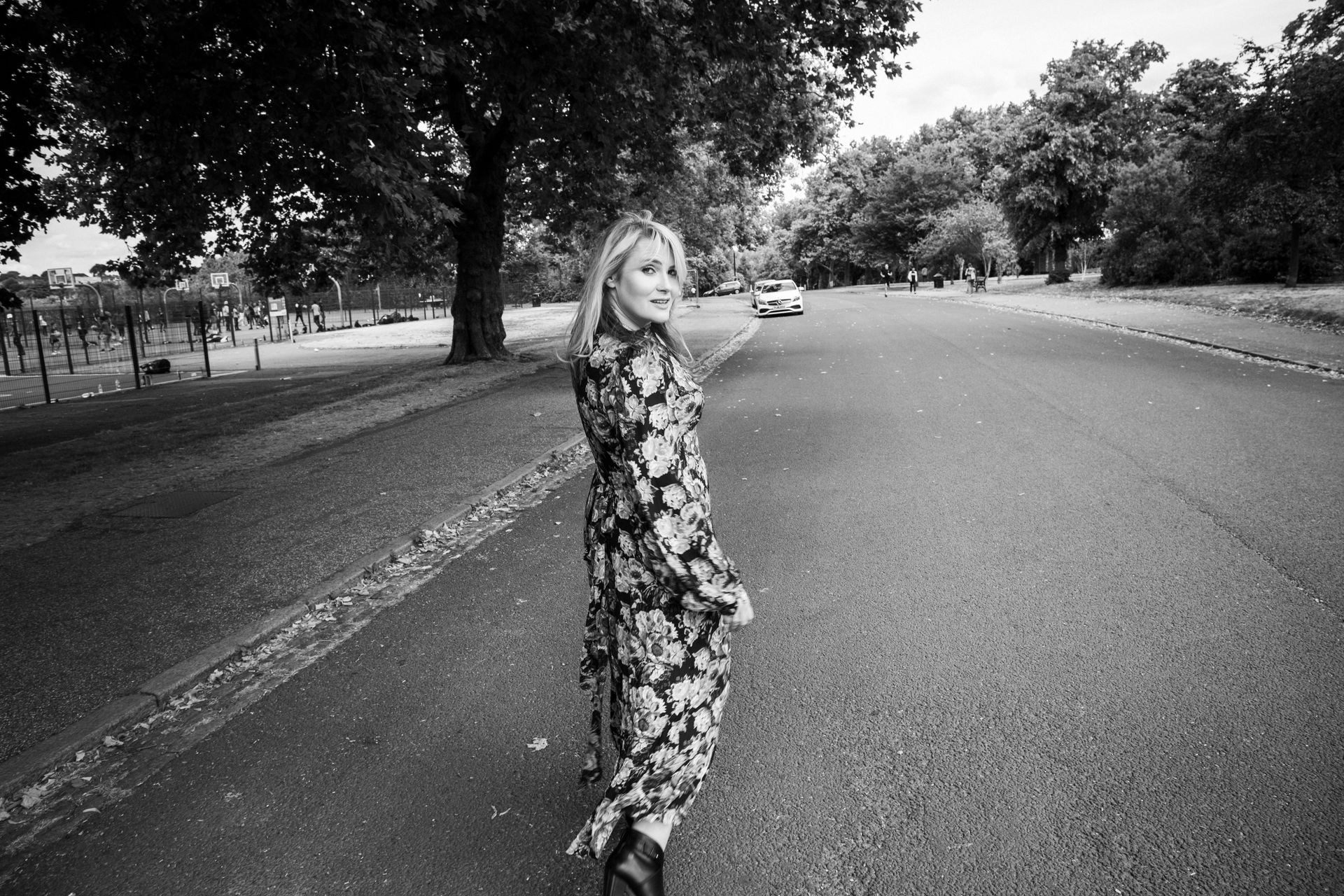
Meet Nancy Harris – the award-winning Irish playwright and screenwriter behind new TV series The Dry
Recently extended for a second season, it looks like Nancy Harris has lots planned for future episodes of her hit TV series The Dry .
